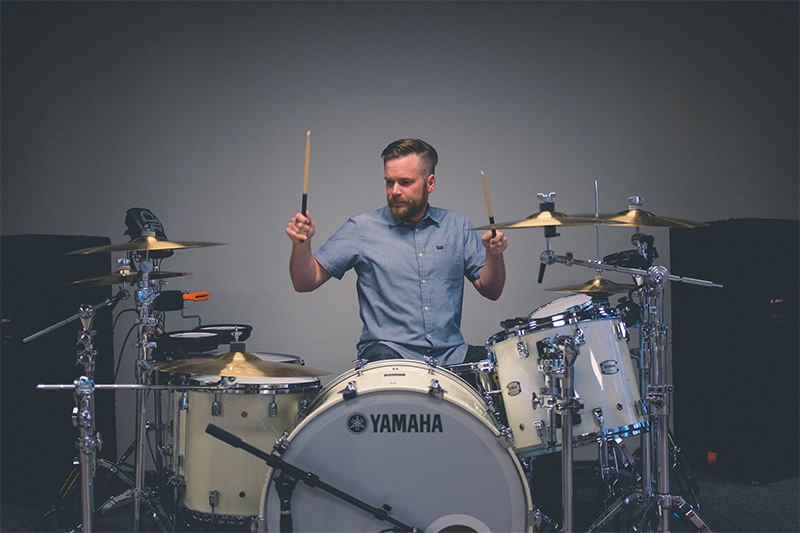What You Should Know About Playing Drums
If becoming a drummer has been your lifelong dream, it is time to put your plan to action. While some prefer hiring a teacher and learn this skill, others resort to self-learning. Since there are a myriad of free lessons and online resources that offer valuable lessons, you can learn this skill without paying a single penny, all at the comfort of your home.
This guide will teach you everything you need to learn about playing drums and grasp the skill.
Equipment you Need
Before you start learning different techniques to play drums, you must first know the right kind of equipment to buy and possess. Here is what you need as a beginner –
- Drumsticks: A pair of high-quality drumsticks can be bought online in a music store. They usually cost around $10 to $30 and can be practiced on a drum pad.
- Metronome: Before you begin drumming, you can practice playing beats and maintaining a tempo on a metronome, which is a device used to keep time and maintain pulse rate. This helps a beginner develop a sense of tempo, beats, time, and rhythm.
- Drum set: Before you buy a drum set, you must learn the basics using the drum pad and drumsticks. Since a drum set can be an expensive investment, you must make sure that it is put to good use. Unless you don’t learn the basics, it is unwise to buy a drum set as it costs a few hundred dollars.
- Rudiment book: Learning rudiments is imperative to drumming. Even if you cannot read notes just yet, you can learn it over time using different variations. You can easily find a book online and start learning. Similar downloadable lessons are also available on music blogs.
Learn to Hold the Drumsticks
You cannot learn drumming if you cannot hold the drumsticks right. You can grasp and hold your drumsticks two ways – traditional grip and matched grip.
Traditional grip: Extend your left hand and position it in a handshake action. Place one drumstick between your index finger and thumb such that it is caught between the webbing. Your ring finger’s cuticle will be used to rest the stick. While the thumb rests on your index finger’s first knuckle and your middle finger rests on the stick, use the webbing between your index finger and thumb as a fulcrum. As you begin playing, rotate the forearm.
Matched grip: In this grip, both drumsticks will be held in the same position. The point between your index finger and thumb will act as a fulcrum while your thumb rests on the stick just across your index finger. French, German, and American are three variations of this grip.
To achieve professional results, pay attention to your drumstick grip and perfect it as much as possible.
Begin Learning
Follow these steps to finally begin learning your first drumming experience –
1. Buy your Equipment
Talk to professionals and do thorough research to make an informed decision. You must invest in high-quality drum equipment to support and polish your skill. Check ratings and compare prices to narrow down your search.
2. Set Up and Tune your Drums
Before you start playing, you should learn the right way to set up and tune your drums. This step is often overlooked by beginners, which can lead to poor results.
3. Learn and Play Drum Rudiments
Playing drum rudiments or drumming patterns is the next step. Rudiments are known as the foundation of learning to play beats. Try to learn as many rudiments as you can as it helps build your rhythmic knowledge. There are 40 rudiments in total, and you must dedicate equal time to learn each.
4. Learn to Read Notes and Music Sheets
If you are a beginner, musical notes and sheets may seem like code. However, if you learn to read them, you can play a music set of your choice with time and practice. If you want to play in a music band or professionally, you will be expected to read sheet music.
5. Read Tabs
Drum tabs are similar to notes and music sheets but adhere to the instrument. Drum parts with abbreviations are denoted to drum tabs. Learning drum tabs is crucial too.
By applying this knowledge, you are ready to master this art and fulfill your dream of becoming a drummer. Apart from gaining and applying the right knowledge, the most important part is to get the equipment right. The right tools will help you polish your newly acquired skill and build a solid foundation of learning. Lastly, if you want to become a professional, make sure that you practice with consistency.


